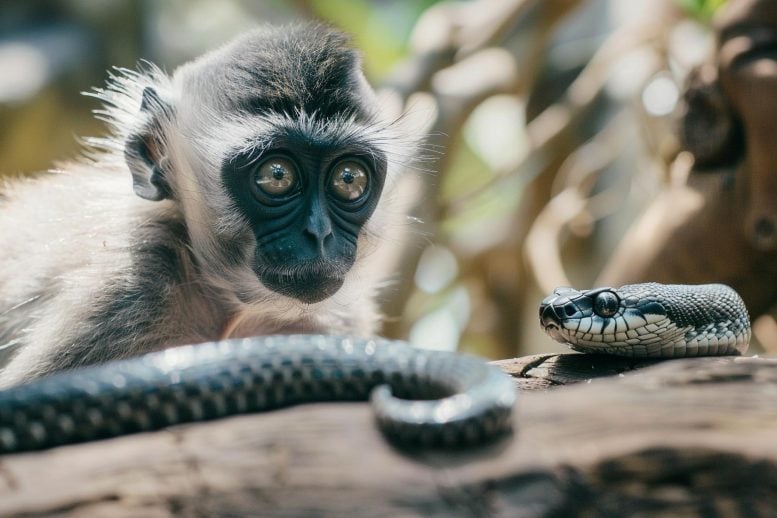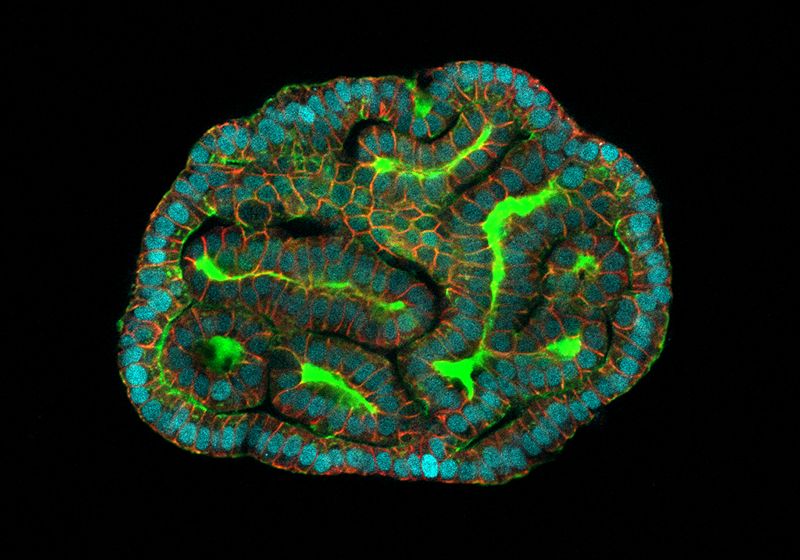Abstract
A new species of Afrotropical Melittiini, Afromelittia gruschwitzi sp. n., is described. Attracted by synthetic pheromones, a single male was trapped 1992 in Abuko Nature Reserve, a gallery forest in The Gambia, West Africa. The female and the biology of the new species are unknown.
KEYWORDS: Afrotropical Region, clearwing moths, Cucurbitaceae, pheromones, taxonomy
 |
| Afromelittia gruschwitzi sp. n., holotype. |
Afromelittia gruschwitzi sp. n.
Diagnosis: Afromelittia gruschwitzi sp. n. resembles other species of the genus, particularly A. occidentalis, A. aenescens, A. natalensis, A. iridisquama and A. caerulea. All of these species, including the western extreme A. iridisquama, differ externally by the usually completely opaque fore-wings, which only rarely have one or two very small transparent cells near the tornus (external transparent area well developed and large in A. gruschwitzi), and the well-developed, specialized scale follicles of tergite eight (stunted in medial part in A. gruschwitzi). Afromelittia caerulea differs further by the bright blue, opaque hindwings. In the male genitalia, these species are hard to distinguish. Afromelittia gruschwitzi sp. n. has valva slightly broader and shorter with distal margin somewhat more concave, and saccus longer and narrower.
Etymology: The new species is named after Dr. Michael Gruschwitz, Weeze, North Rhine Westphalia, Germany, who collected the holotype.










Leave a Comment